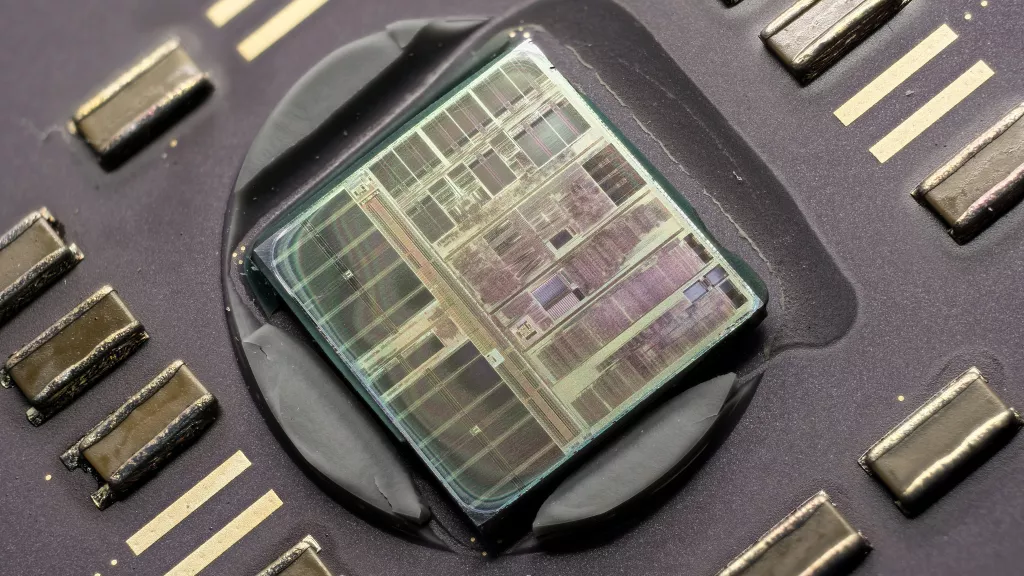erek
[H]F Junkie
- Joined
- Dec 19, 2005
- Messages
- 10,897
"Since the K6-2+ and K6-III+ utilized the same microarchitecture, they were very similar. Only the L2 cache separated the two chips. The K6-2+ was a replica of the K6-III+ but with half the L2 cache. If this mod had been discovered 22 years ago, it would have been a gamechanger for sure.
All you have to do is relocate a capacitor to the right, as easy as it may look. For example, Fritzchens Fritz noted on Vogons forums how the K6-III+ has the bottom right-most capacitor installed to the right of the chip PCB. Meanwhile, the K6-2+ has that same capacitor slightly more left with a white-spaced opening remaining on the right.
Placing the capacitor to the same position as the K6-III+ allowed the K-2+ to enable the physically allocated 256KB of L2 cache fully. The modder confirmed that the CPU's cache level is fully functional and even noted his 3DMark2000 scores are higher.
But, enabling the additional cache isn't without some consequences. If you don't own a highly binned K6-2+ chip, it appears the chip can be unstable with all the cache enabled. Plus, there's also a chance the additional 128KB of cache is defective, which can cause further instability issues with the K6-2+."

https://www.tomshardware.com/news/new-mod-doubles-l2-cache-amd-k6-2-cpu-from-2000
All you have to do is relocate a capacitor to the right, as easy as it may look. For example, Fritzchens Fritz noted on Vogons forums how the K6-III+ has the bottom right-most capacitor installed to the right of the chip PCB. Meanwhile, the K6-2+ has that same capacitor slightly more left with a white-spaced opening remaining on the right.
Placing the capacitor to the same position as the K6-III+ allowed the K-2+ to enable the physically allocated 256KB of L2 cache fully. The modder confirmed that the CPU's cache level is fully functional and even noted his 3DMark2000 scores are higher.
But, enabling the additional cache isn't without some consequences. If you don't own a highly binned K6-2+ chip, it appears the chip can be unstable with all the cache enabled. Plus, there's also a chance the additional 128KB of cache is defective, which can cause further instability issues with the K6-2+."

https://www.tomshardware.com/news/new-mod-doubles-l2-cache-amd-k6-2-cpu-from-2000
![[H]ard|Forum](/styles/hardforum/xenforo/logo_dark.png)